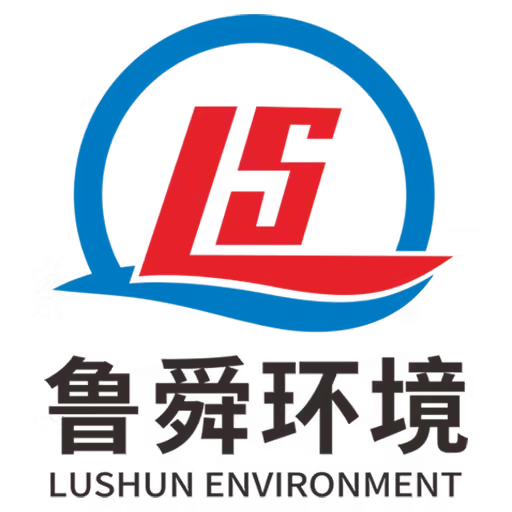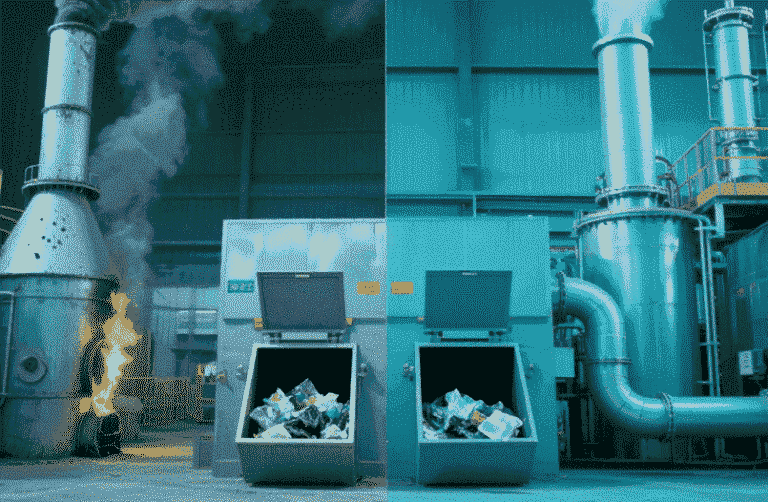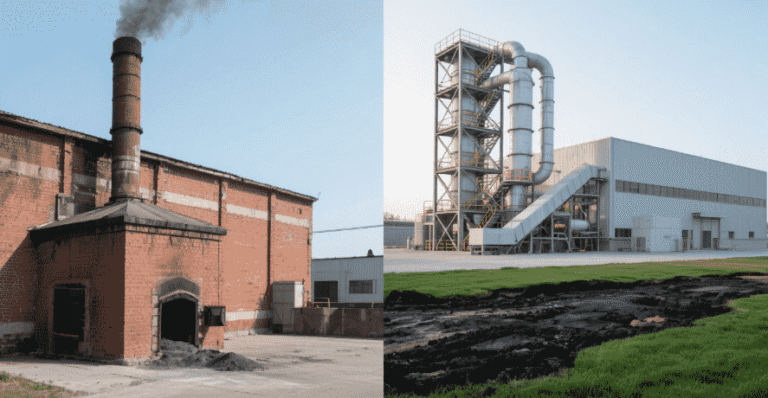Welcome to My Blog! 🌟
I’m so glad you’re here! Before we jump into the exciting content, I’d love for you to connect with me on my social media platforms. It’s where I share extra insights, interact with our amazing community, and post regular updates. Here’s how you can join the conversation:
📘 Facebook: Follow me on Facebook for more updates
Now, let’s dive into the journey ahead. I hope you find everything here both engaging and valuable. Together, let’s explore, learn, and grow! 🚀
Table of Contents
Introduction

In today’s environmentally-conscious world, food and beverage wastewater treatment has become a vital process for every production facility. From breweries and dairies to soft drink manufacturers and snack processors, all generate substantial volumes of wastewater that must be properly treated before discharge. Failure to do so can result in environmental damage, regulatory penalties, and a negative brand image.
This blog will help you assess whether your current system is up to standard, explore the essential components of a good wastewater treatment setup, and guide you through the latest technologies that can optimize performance and compliance.
As a trusted manufacturer and innovator, Shandong Lushun Environmental Technology Co., Ltd. offers advanced solutions for wastewater treatment, particularly for the food and beverage sector. We’ll introduce our products later in the article to show how we can support your operations.
Why Food and Beverage Wastewater Treatment Is Crucial
Food and beverage production involves extensive use of water. Cleaning processes, cooking, bottling, fermenting, and packaging all contribute to a wastewater stream rich in organic matter, grease, oil, and chemicals.
Without proper food and beverage wastewater treatment:
- Water resources may be polluted
- Equipment may suffer corrosion or clogging
- Environmental laws may be violated
- Operational costs may surge due to inefficiencies
Treating wastewater properly not only ensures compliance but also improves sustainability and reduces the burden on public wastewater facilities.
Signs Your Treatment System May Be Outdated

A subpar food and beverage wastewater treatment system can have a significant impact on productivity, compliance, and operational safety. Here are some signs that your current setup may not be performing up to modern standards:
1. Frequent Downtime or Maintenance Issues
If your equipment regularly needs fixing, it may be due to outdated design, inefficient flow management, or lack of oil-water separation efficiency.
2. Regulatory Non-compliance
Failing to meet local and national wastewater discharge standards can result in fines or operational halts. Testing samples from your discharge can help determine whether your system is up to code.
3. High Operating Costs
Old treatment technologies may consume too much energy or require frequent chemical additives to work, inflating your operational budget.
4. Odor and Grease Problems
Excess grease and poor odor control are indicators of ineffective oil-water separation, often due to outdated grease trap systems.
Common Components in a Food and Beverage Wastewater Treatment Setup
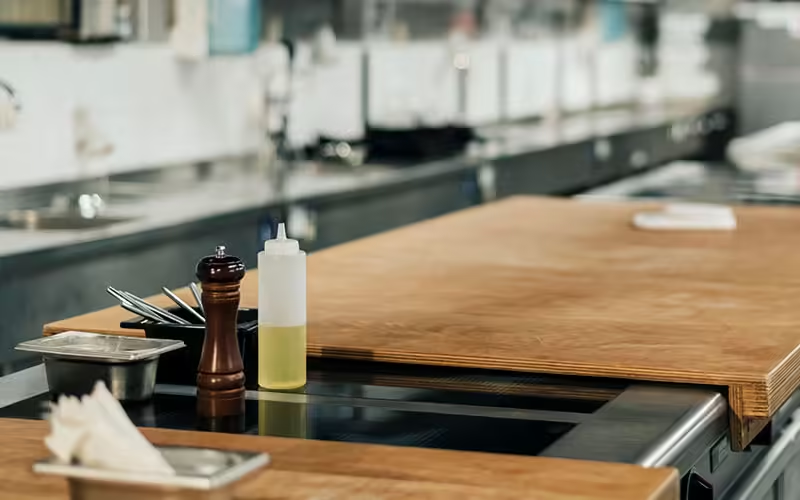
Most systems in this industry consist of:
- Screening and grit removal
- Flow equalization tanks
- Primary treatment (grease traps)
- Biological treatment
- Sludge handling
- Filtration and disinfection
Each component must be carefully designed and maintained to ensure smooth operation and compliance.
Mid-Article Table: Comparison of Grease Trap Specifications
To give you a practical look into a key part of food and beverage wastewater treatment, here is a detailed specification comparison of our grease trap equipment offered by Shandong Lushun Environmental Technology Co., Ltd.
| Specification | Value |
|---|---|
| Product Name | Grease Trap |
| Function | Oil-water separation |
| Lifting Method | Water pump delivery |
| Machine Dimensions | 3600mm × 1500mm × 1300mm |
| Packaging Dimensions | 3700mm × 600mm × 1300mm |
| Machine Weight | 920kg |
| Packaging Weight | 960kg |
| Applications | Catering, food processing, petrochemical |
This grease trap ensures separation of grease and reduces the load on downstream treatment components. It is ideal for high-efficiency, reliable food and beverage wastewater treatment.
How Our Grease Trap Equipment Enhances Your System
At Shandong Lushun Environmental Technology Co., Ltd., we have years of experience developing solutions for food and beverage wastewater treatment. Our grease trap stands out in the market due to:
- Reliable oil separation using physical and chemical methods
- Reduced maintenance needs due to durable construction
- Compatibility with a wide range of wastewater types
- Compact design that fits in limited industrial spaces
By installing our grease trap, many clients have noticed better flow rates, lower sludge volumes, and more efficient biological treatment phases.
What Makes a Food and Beverage Wastewater Treatment System Compliant?
To be fully compliant with environmental regulations and operational needs, your system must include:
- Efficient solids and oil removal
- Real-time monitoring and data logging
- Modular and scalable design
- Robust chemical and biological processing
- Safe sludge handling and disposal
Regular testing and preventive maintenance are also essential to keeping your system functioning optimally.
Benefits of Upgrading Your Treatment System
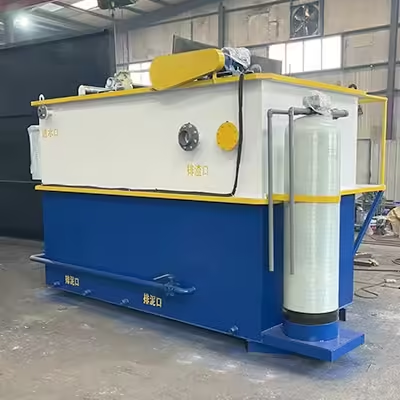
Switching to a modern, fully integrated food and beverage wastewater treatment system can lead to:
- Cost savings from energy efficiency
- Extended equipment life
- Better compliance and fewer fines
- Enhanced sustainability image for your brand
- Reduced downtime due to fewer mechanical failures
If your current system lacks these features, an upgrade is not just desirable—it’s necessary.
Conclusion
Food and beverage wastewater treatment is not just a regulatory requirement but a strategic investment for modern production facilities. Whether you run a bakery, brewery, or bottling plant, having a reliable and efficient system ensures smooth operation and environmental responsibility.
Shandong Lushun Environmental Technology Co., Ltd. is committed to supporting enterprises in achieving clean and efficient wastewater management. Our advanced grease trap equipment is a key part of that mission, offering top-tier performance and reliability.
With a company philosophy rooted in innovation, quality, and sustainability, we invite businesses across the industry to partner with us and move toward a cleaner, greener future.
FAQ
What is the primary function of a grease trap in food and beverage wastewater treatment?
A grease trap separates oil and grease from wastewater, helping to reduce the load on downstream biological and chemical treatment units.
How often should a grease trap be cleaned or serviced?
The cleaning frequency depends on usage, but generally, it should be checked monthly and cleaned when about 25% of its capacity is filled with grease.
Can grease traps be used for high-volume operations?
Yes, our grease traps are designed for a wide range of volumes and can be customized to meet the specific needs of large-scale operations.
Why should I consider upgrading my current treatment system?
Outdated systems can lead to compliance issues, higher costs, and inefficient operations. Upgrading can improve performance and sustainability while reducing long-term expenses.
How does Shandong Lushun Environmental Technology Co., Ltd. support its clients post-sale?
We offer technical support, training, and regular maintenance services to ensure that your wastewater treatment system performs reliably over time.
